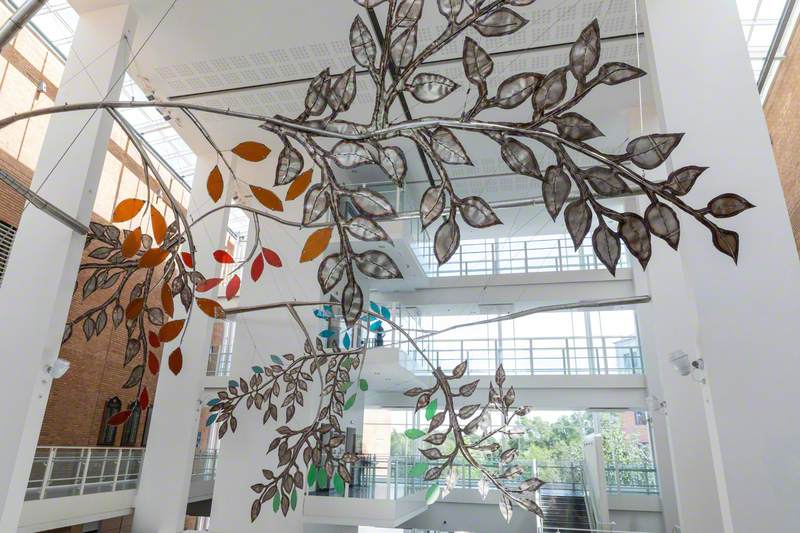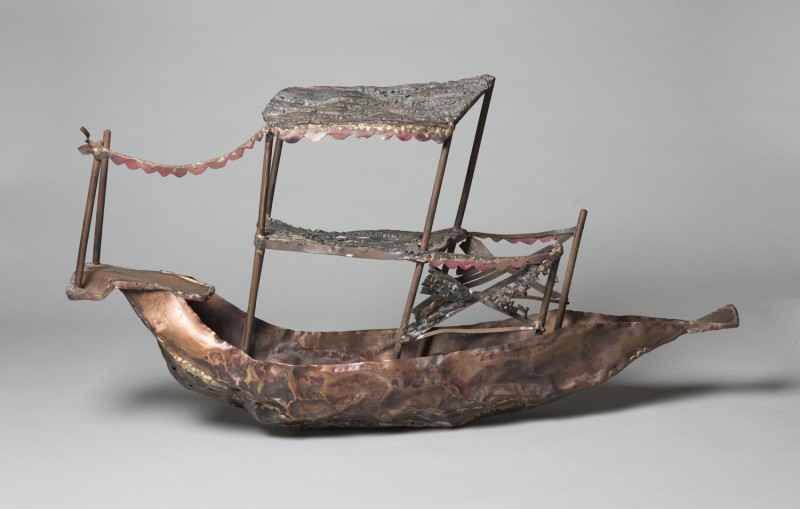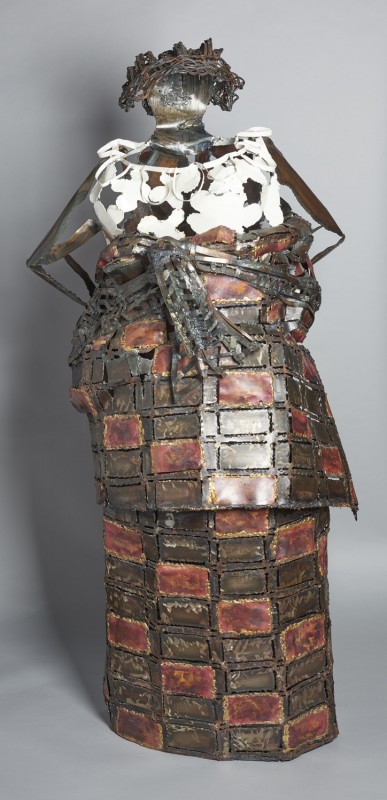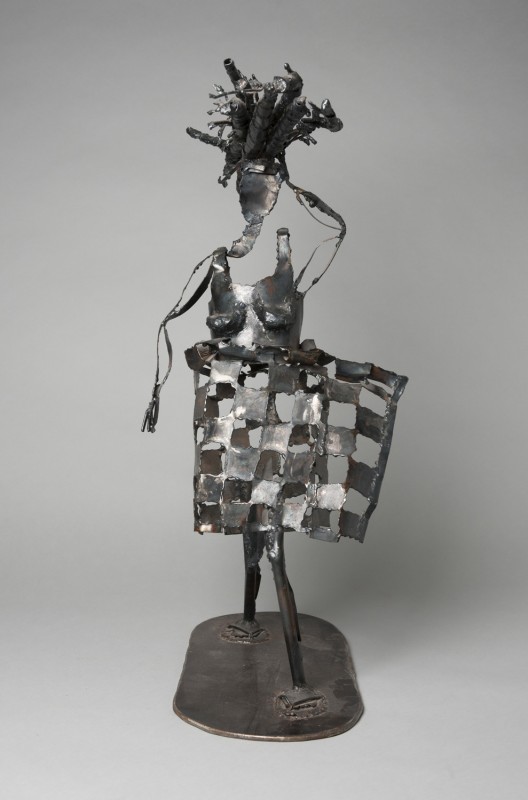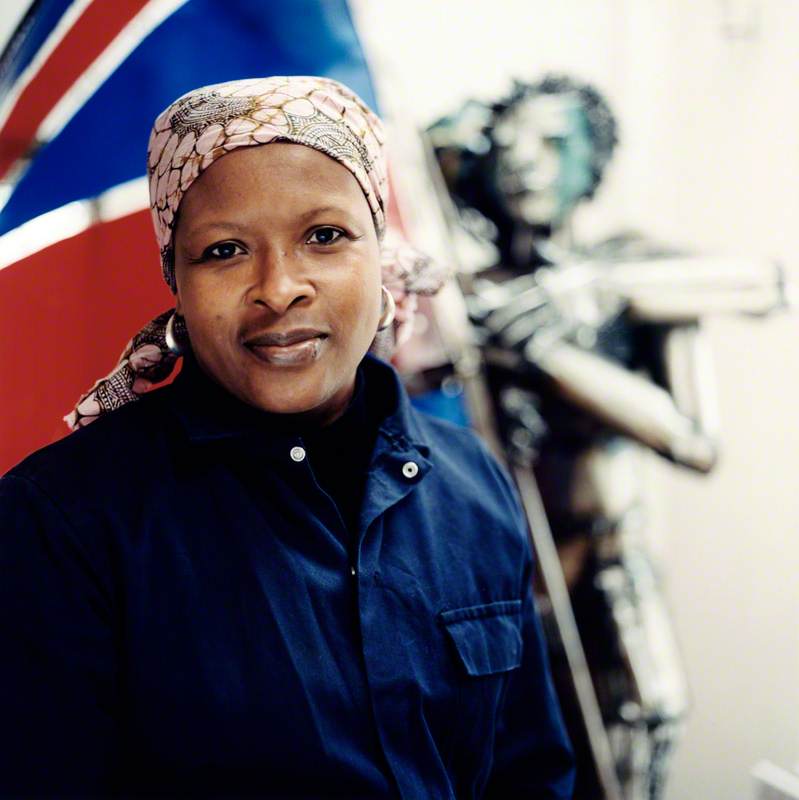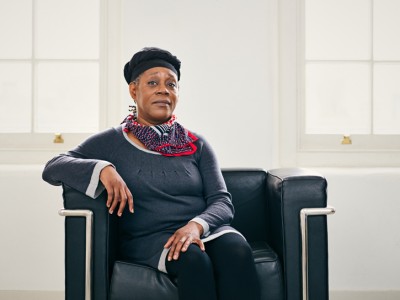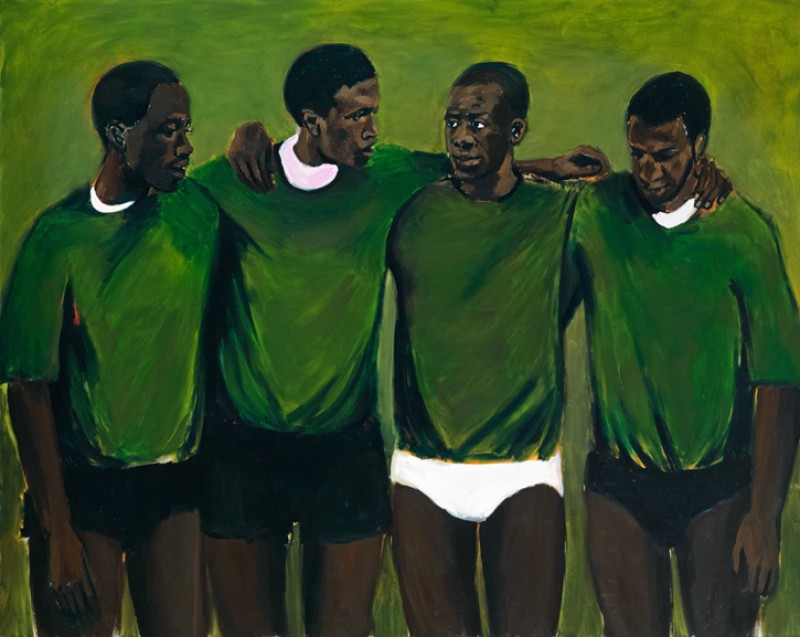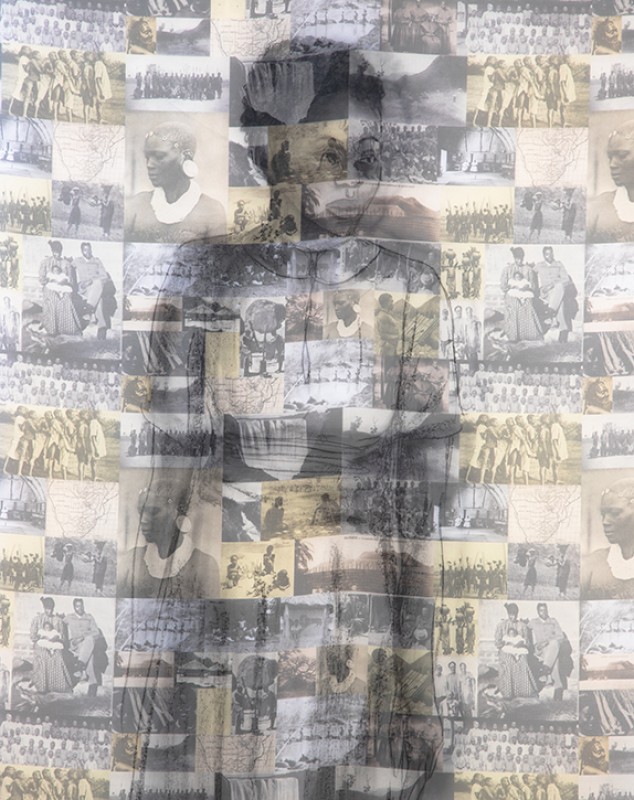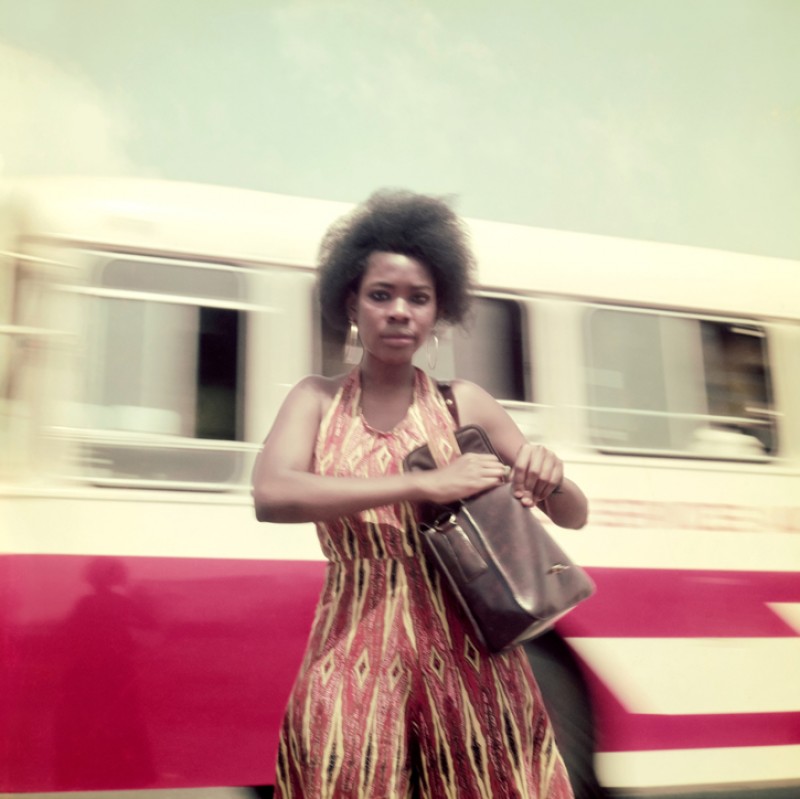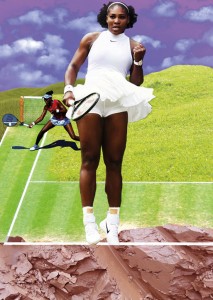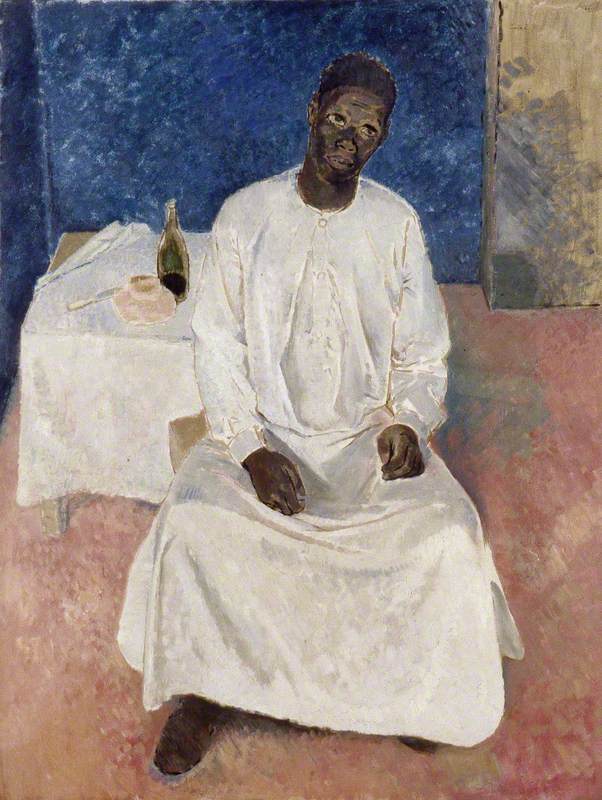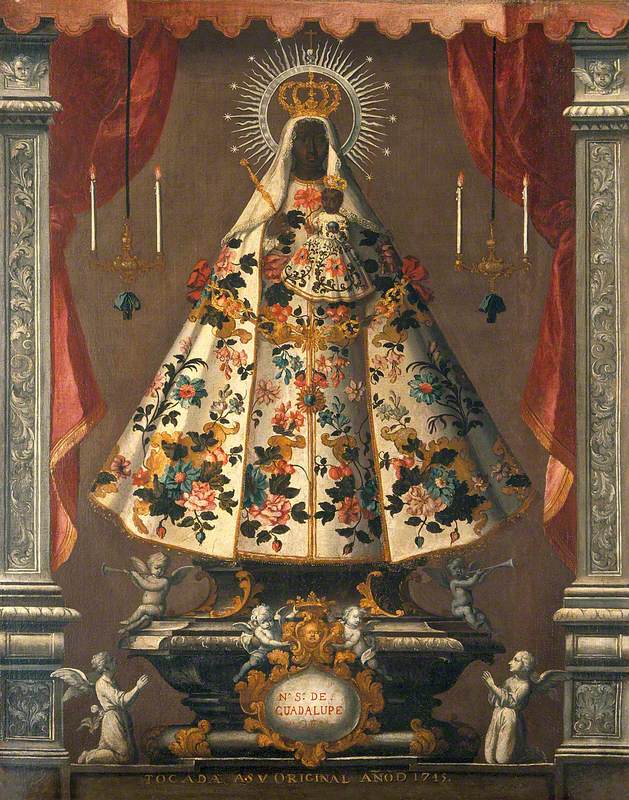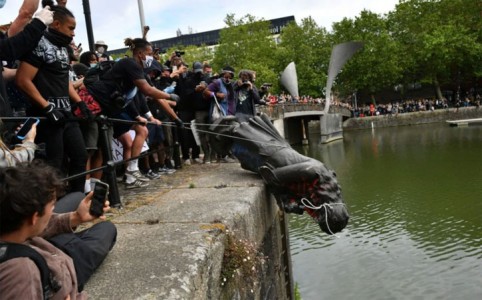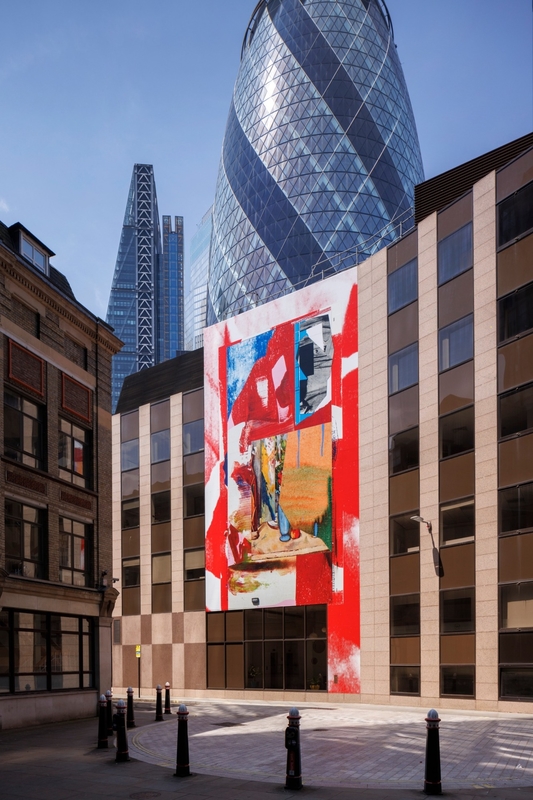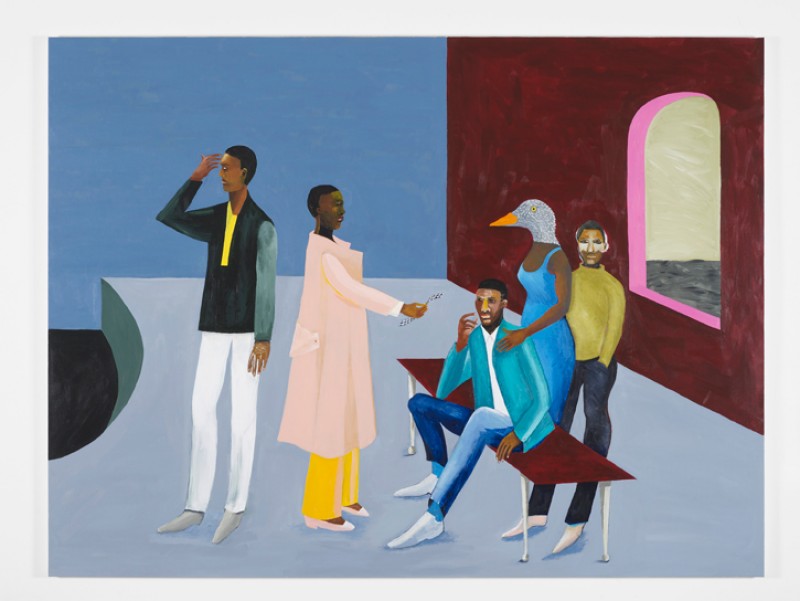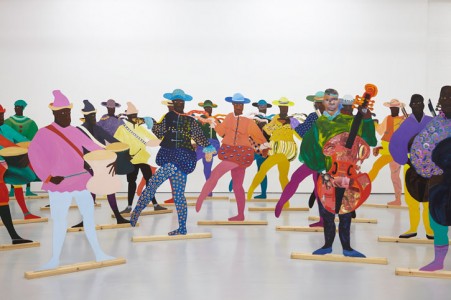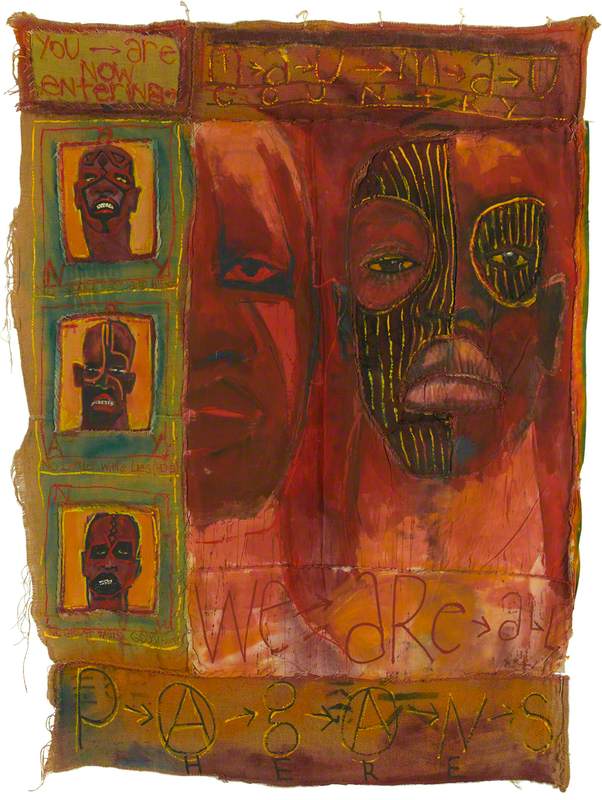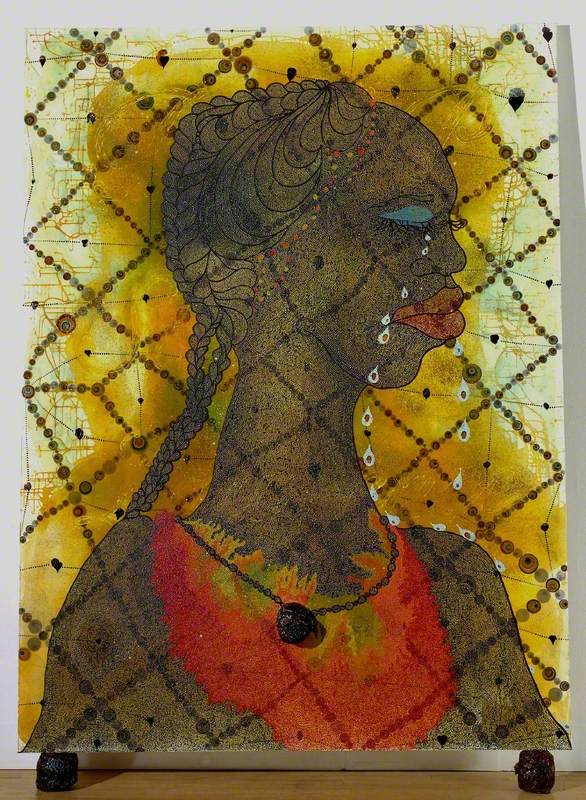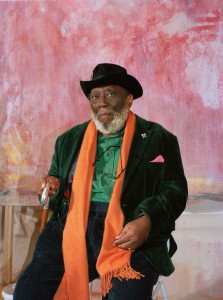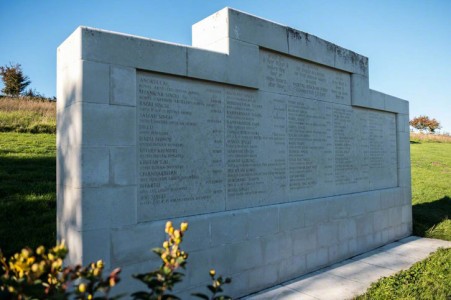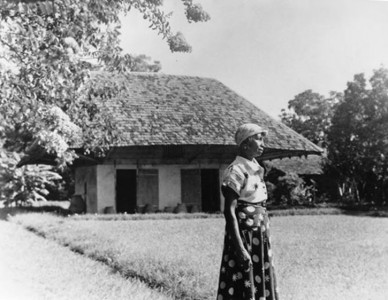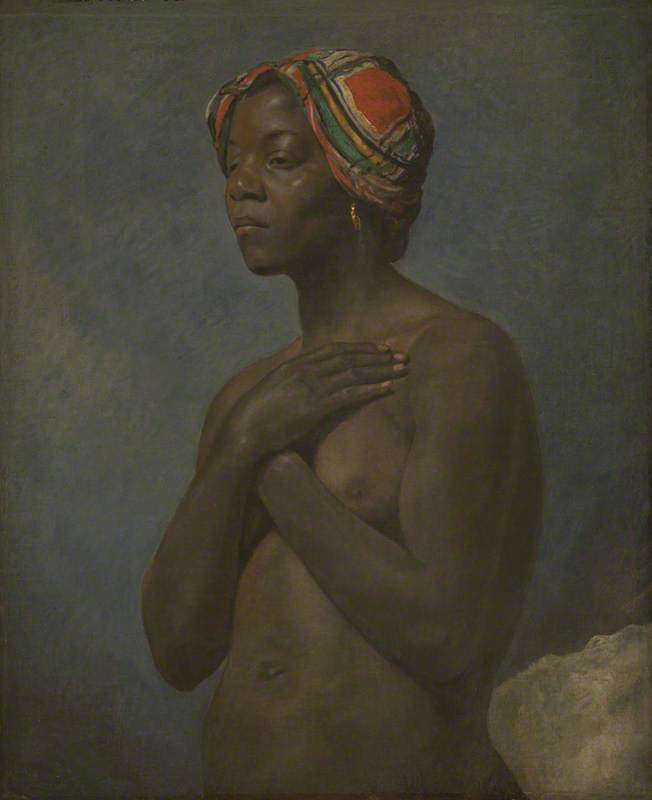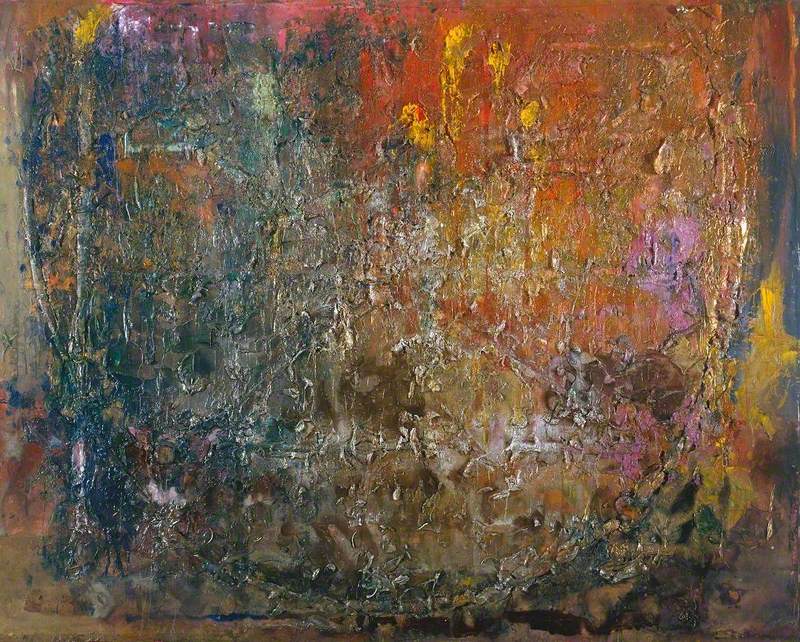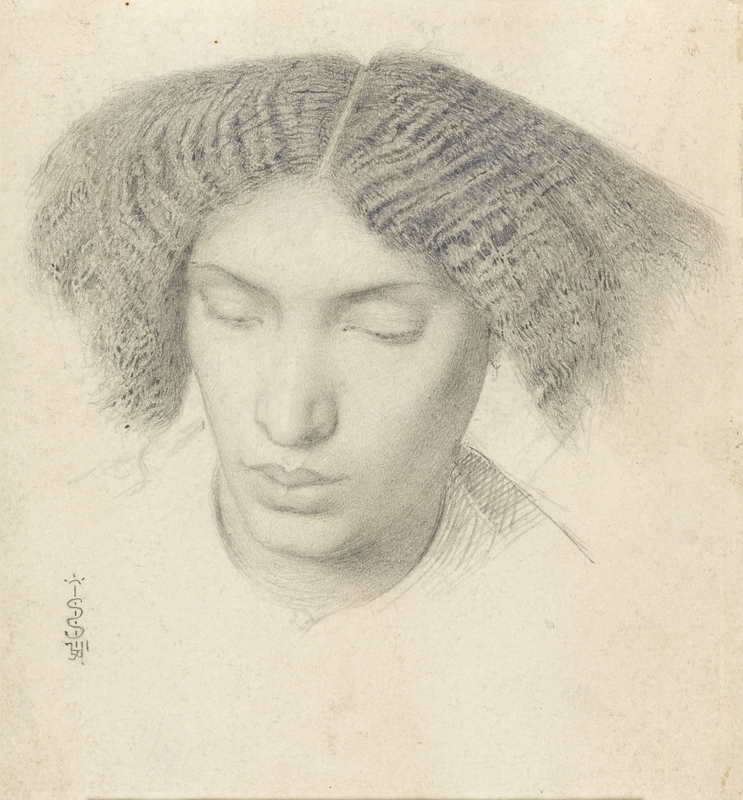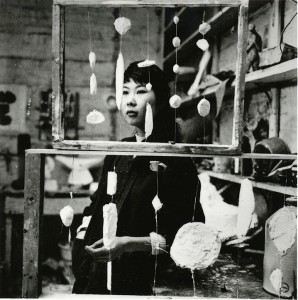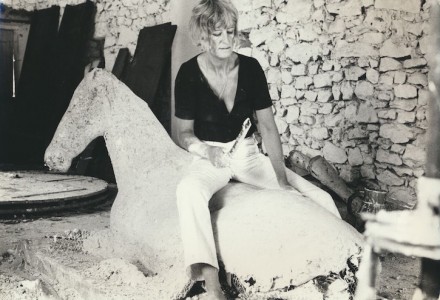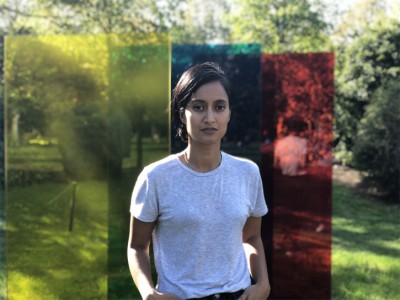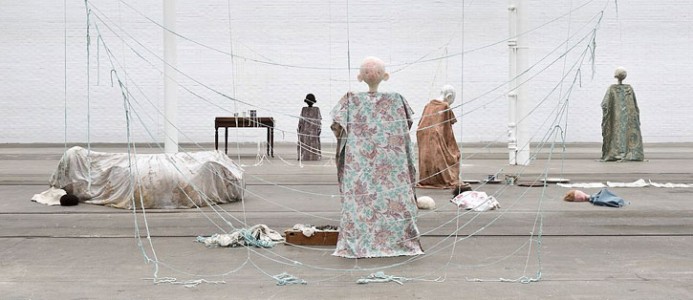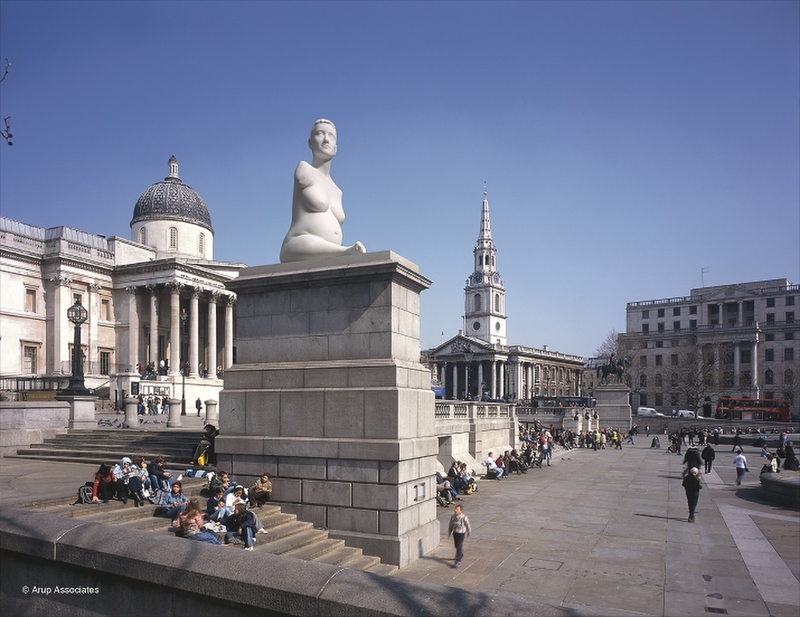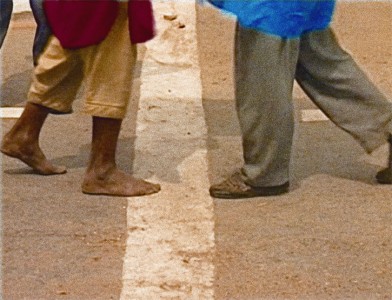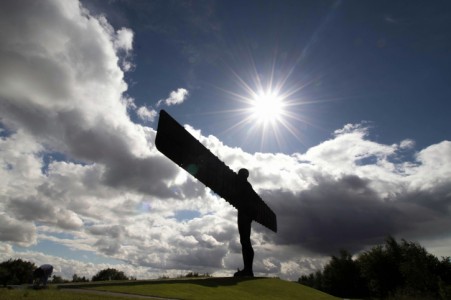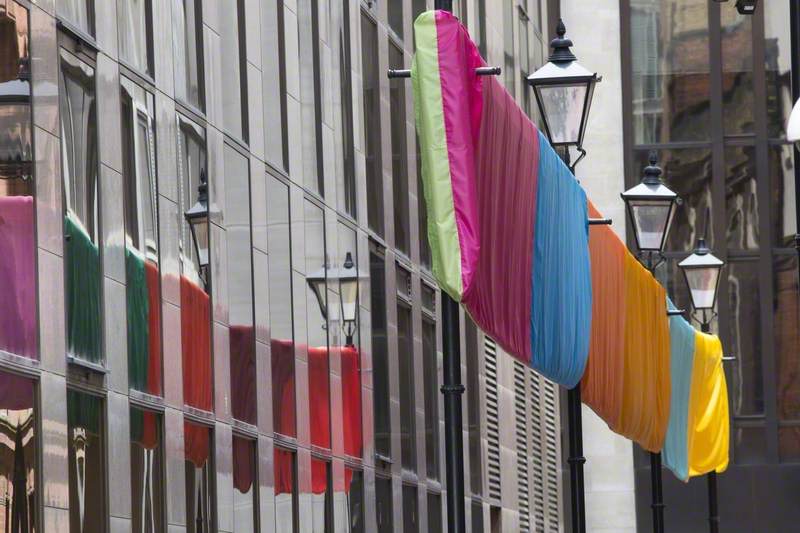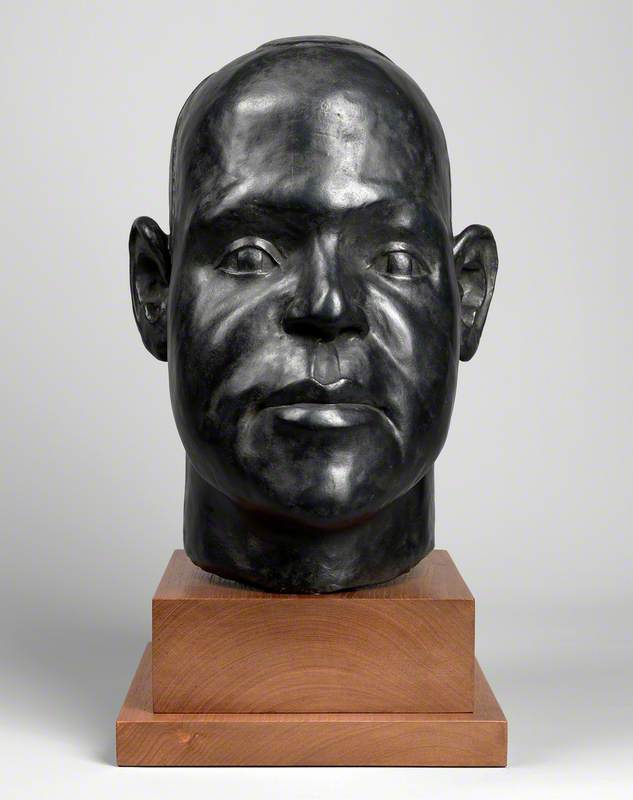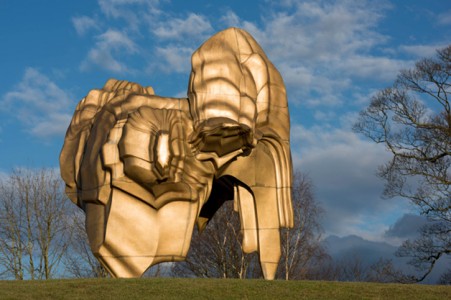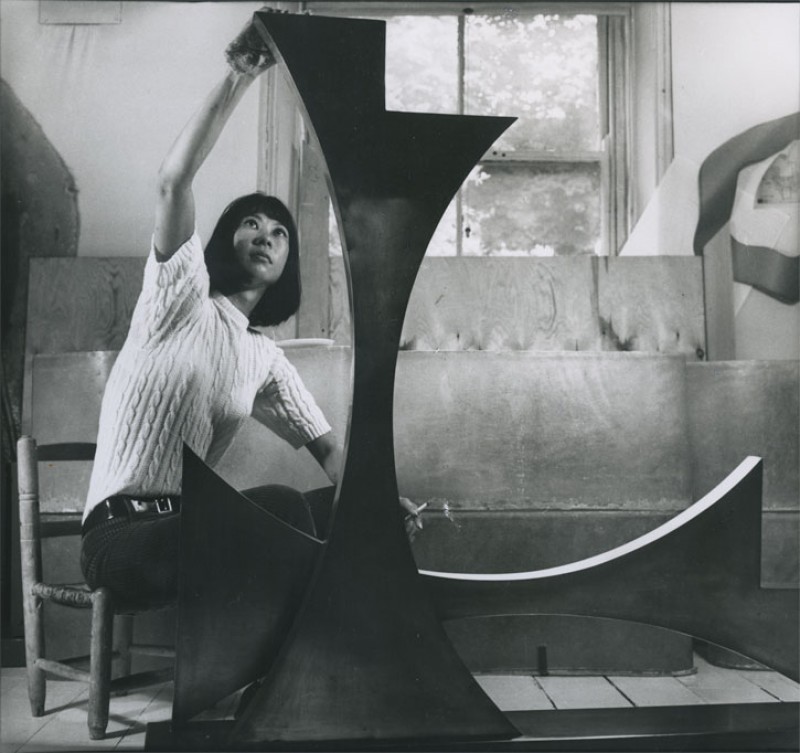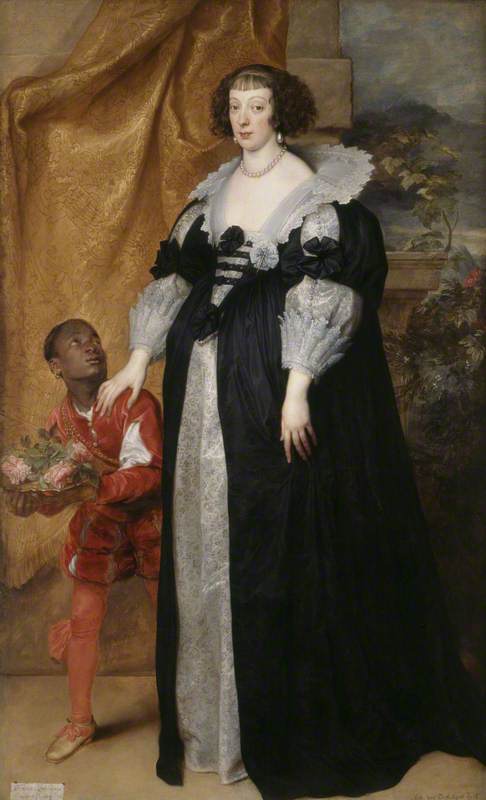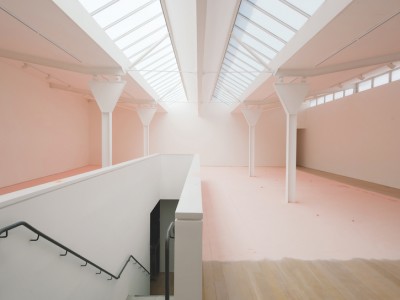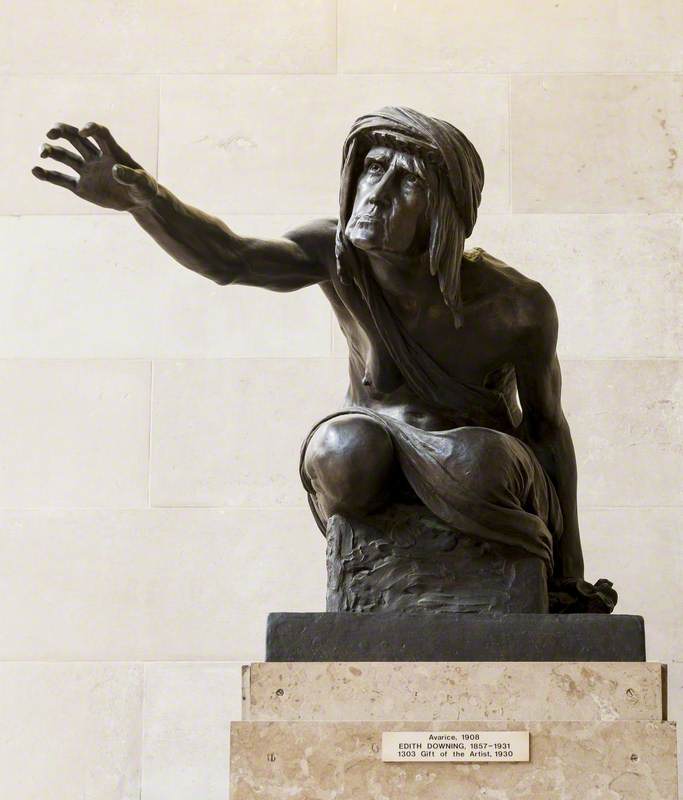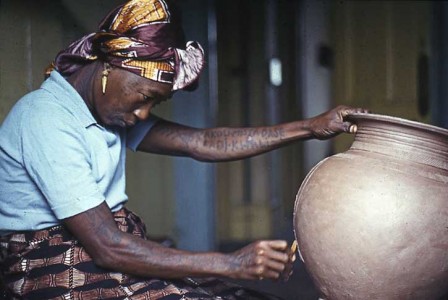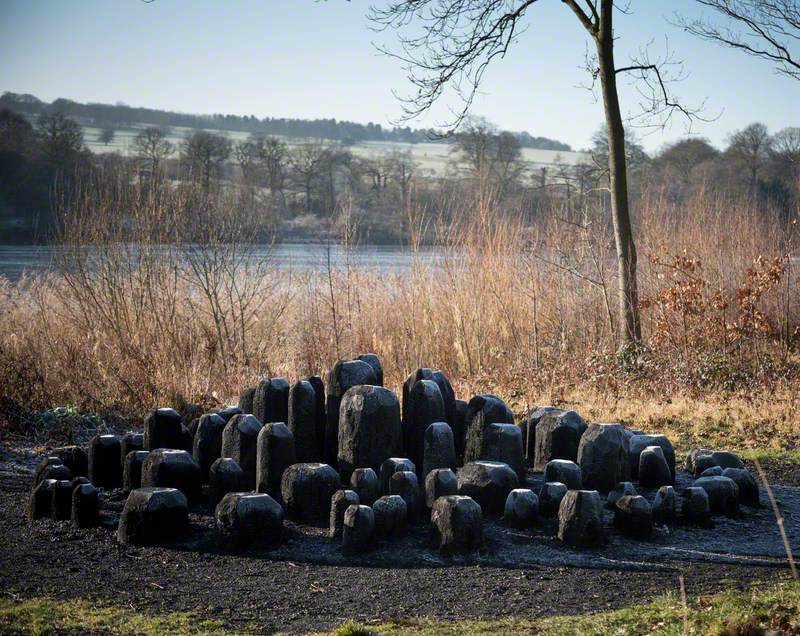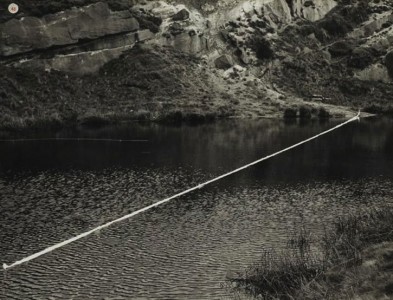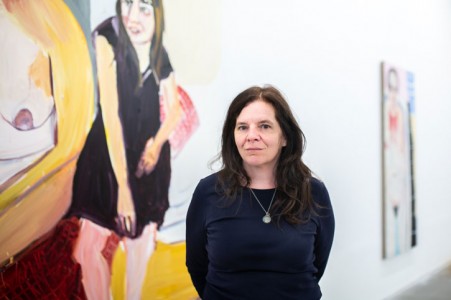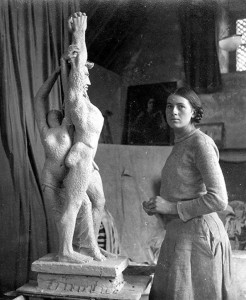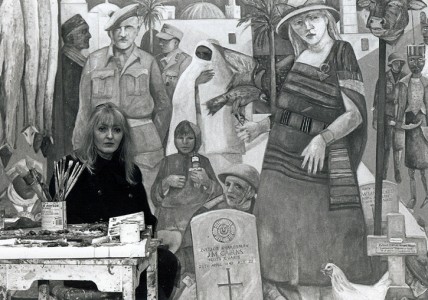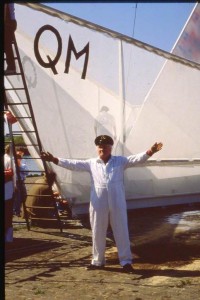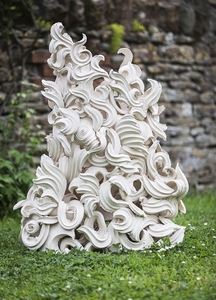Sokari Douglas Camp's sculptures are instantly recognisable. They are often welded in steel and crafted in contorting shapes, frequently depicting elements of the human experience. They can be seen all over the world, from the British Museum in London to the Setagaya Art Museum in Tokyo.
'I'd like to say my process in creating varies from piece to piece but what's extraordinary is that along the way in my career, I realise I kind of go back to things I was doing before,' she laughs over the phone.
What Sokari may deem as repetitive has been celebrated over the years for her ability to address a variety of socio-political issues through her sculptures, often taking inspiration from her life in the UK and her Nigerian heritage.
Born in 1958 in Buguma, Nigeria, Sokari was raised by her brother-in-law, anthropologist Robin Horton, in England, after moving there to live with him and her older sister after her mother fell sick. Following the death of her sister, Sokari continued to be raised by Horton, who exposed her to art in her youth.
'I had an interest in art because of my guardian who was English, and I was introduced to western culture by a westerner in Nigeria,' she says.
Sokari's exposure to art came at an interesting time in Nigeria's history when, as a newly independent country, there was a resulting renaissance for Nigerian creatives.
'Nigeria became independent and so I was introduced to artists that were trying to form their own identity and it was an incredible thing to witness even as a child.'
Alongside Nigerian writers, dramatists and choreographers, Sokari developed an interest in both western and African art.
'I've always had a foot in both camps and I had to shout very loudly that my culture matters as much as yours,' she mentions.
During her upbringing, Sokari attended an all-girls Roman Catholic school in Oxford – which she describes as 'extraordinary'.
'It was extraordinary to be in the west where education didn't seem to matter and what mattered was being able to lay a table, or dress well for a husband,' she says. 'Coming from Nigeria where education was the new light, I was flummoxed to see that education didn't seem to matter for women of a certain class.'
The artist later attended Dartington Hall School, a place that allowed her to express her creativity, where she enjoyed making jewellery, pottery and sculptures.
'I'm so glad to have moved to another school that was rather bohemian and very free-thinking, but it was an absolute pool of knowledge,' she recalls. 'You could immerse yourself in anything you wanted to, which was incredible.'
Sokari's education and career continued to flourish. She attended California College of Arts and Crafts in Oakland, California where she studied art in the late 1970s, earned her BA degree at the Central School of Art and Design and her MA from the Royal College of Art from 1983 to 1986. Three years after getting her MA at the RCA, she participated in the 1989 Pachipamwe II Workshop held at Cyrene Mission outside Bulawayo, Zimbabwe, alongside the likes of Voti Thebe, Joram Mariga and Adam Madebe.
Mirror Stall
(Market Stall) 1990
Sokari Douglas Camp (b.1958) 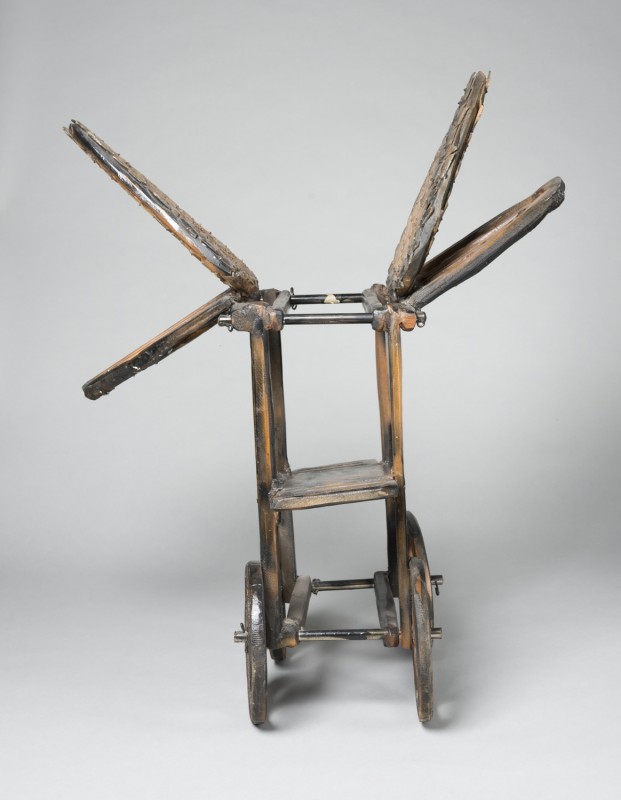
As Sokari's profile rose, her work became even more identifiable for her use of materials like plastic, wood, feathers and glass, but primarily steel – something she continues to use to this day.
'I don't know why I work with steel!' she says in between bellowing laughs. 'I'm still learning and I came across it because I used to make machines that moved. I needed to get some sort of frame to hold these motors so that they didn't fly into people and so I could get them to work how I wanted them to work.'
Beyond her notable use of steel, much of Sokari's work depicts images of Blackness and she takes a particular interest in Black womanhood.
'Black women are my heroes,' she states. 'I am a Black woman so I like celebrating that and if I've been depicting that through the years, then it's a true portrait.'
As her profile continued to increase, Sokari's visibility in the British art scene rose to new heights. She's had more than 40 solo shows worldwide and in 2003 she was shortlisted for the Fourth Plinth in Trafalgar Square. Two years later, Sokari was appointed a CBE.
Her work is unapologetic in its attempts to explore the vast history of the Black experience as seen in sculptures like All The World Is Now Richer, a life-size memorial which commemorates the abolition of slavery, to Battle Bus, a life-size bus in memory of Nigerian environmentalist Ken Saro-Wiwa who was assassinated by the military regime in the Niger Delta.
While both sculptures were erected in public places, Sokari says she doesn't think too much about the reception they received.
'I don't know how my work is taken but I just know that it's an important fact that I have to put out there,' she affirms.
'All The World Is Now Richer for example represents an important bit of education that I've learned myself because it's not in history books and it's not easily accessible.'
This desire to share information that isn't amplified in the British school system relates to the controversy surrounding public memorials and sculptures dedicated to known colonists, a topic which has dominated the UK over the past few months.
In June 2020, a controversial Edward Colson statue in Bristol was torn down by Black Lives Matter demonstrators, which created a national discussion surrounding the significance for these statues in modern Britain.
Not long after the incident, Sokari spoke to Channel 4 about how she would like to replace the statue with her sculpture All The World Is Now Richer.
View this post on Instagram
'Monuments are extremely important and I think it's important to explain these monuments but also to have sculptures of Black people,' she says.
'In Elizabethan and Tudor times, there were Black people among the white folk who considered this their home, but as an older Black person, you just thought no one had ever been here because of the way you were treated.'
Leah Sinclair, freelance journalist and editor
